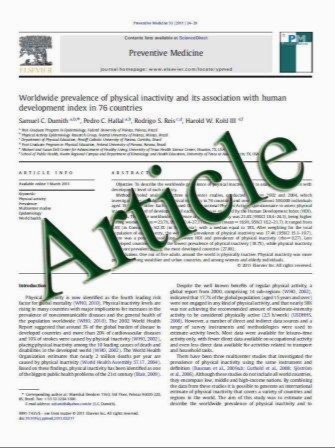Training Programs Influence in the Learning Curve of Laparoscopic Gastric Bypass for Morbid Obesity: A Systematic Review
- نوع فایل : کتاب
- زبان : انگلیسی
- مؤلف : Raquel Sánchez-Santos & Sergio Estévez & Catherine Tomé & Sonia González & Antonia Brox & Raul Nicolás & Rosario Crego & Miguel Piñón & Carles Masdev
- چاپ و سال / کشور: 2011
Description
The makeup of a new surgical bariatric team may be associated with a higher number of postoperative complications due to the learning curve. The aim of this study was to evaluate the outcomes during the learning curve of laparoscopic gastric bypass (LGBP) depending on surgeons’ training. A systematic approach was used to review studies from the Pubmed, Embase (Ovid), Cancer Lit, Biomes Central via Scirus, Current Contens (ISI), and Web of Science (SCI) databases. Two reviewers independently screened all titles/abstracts and included/ excluded studies based on full copies of manuscripts. The outcomes included were: specific training of the surgeon, postoperative complications (leaks, occlusion, hemorrhage, pneumonia, etc.), mortality, and surgical technique. One reviewer put data onto an Excel spreadsheet. Statistical analysis was performed with weighted linear regression. We identified 448 citations, of which 120 abstract and 50 full-text publications were reviewed. Fourteen papers were selected. Data from 1,848 patients were included. Eighteen different surgeons were analyzed during their learning curve (including the first author of this study). Surgeons were divided into two groups: (1) without formal laparoscopic bariatric training (13 surgeons) and (2) with formal laparoscopic bariatric training (five surgeons). Postoperative complications were more frequent in group 1: 18.1% (±7.6) vs. 7.7% (±1.96, p=0.046); also, mortality was more frequent in group 1: 0.57% (±0.87) vs. 0% (p=0.05). An appropriated training in laparoscopic bariatric surgery contributes to a significant reduction in postoperative complications and mortality during the learning curve of LGBP.
OBES SURG DOI 10.1007/s11695-011-0398-x


